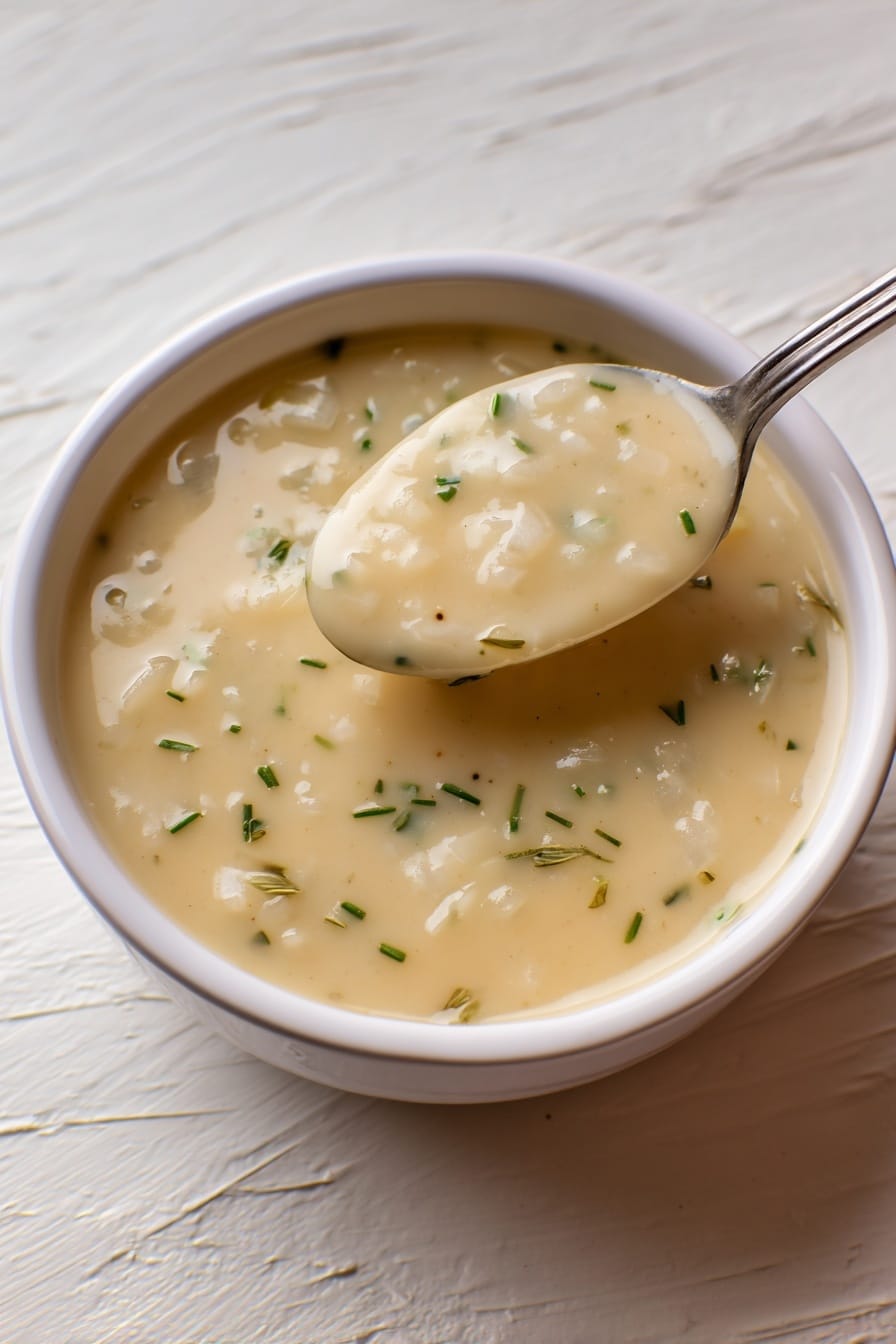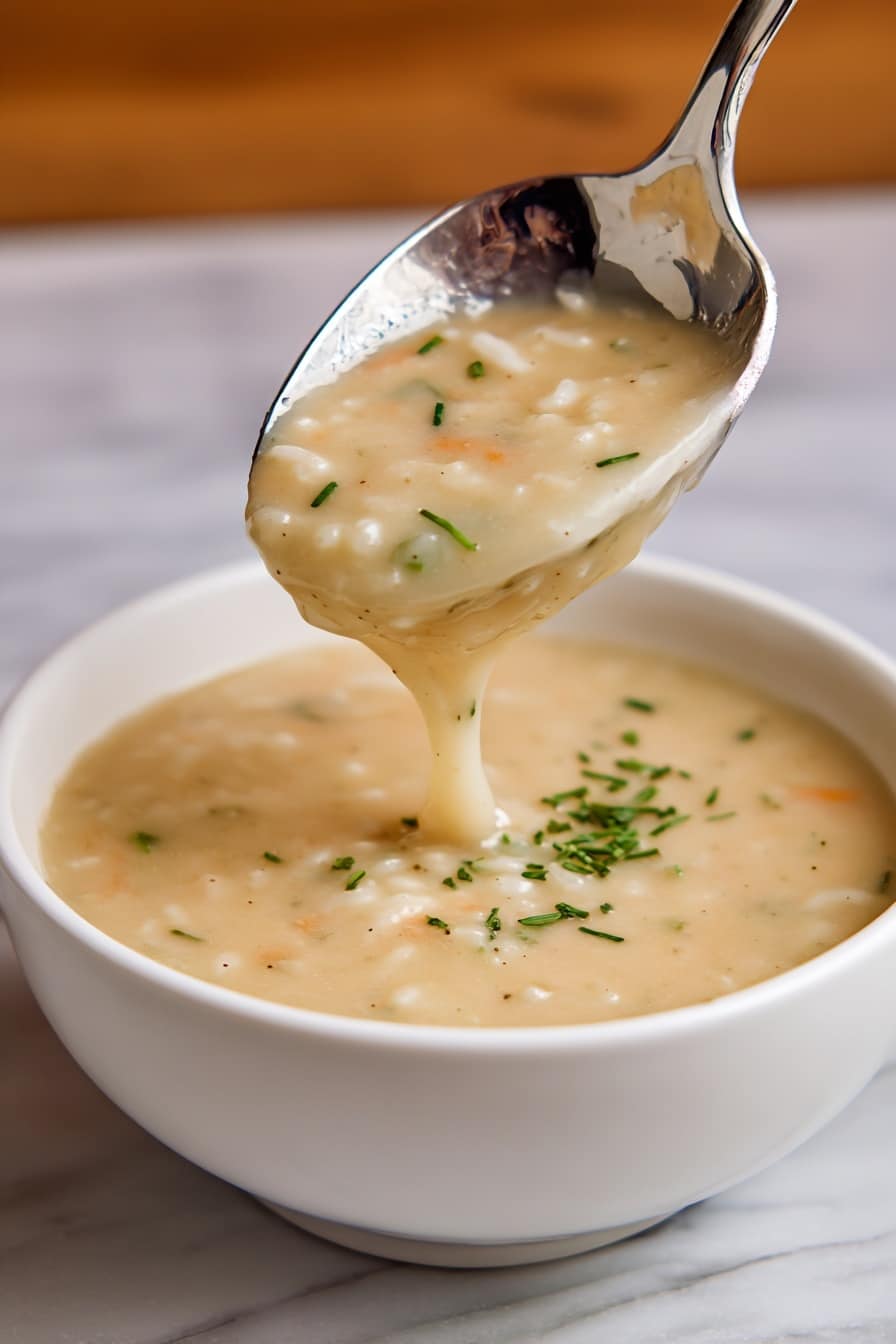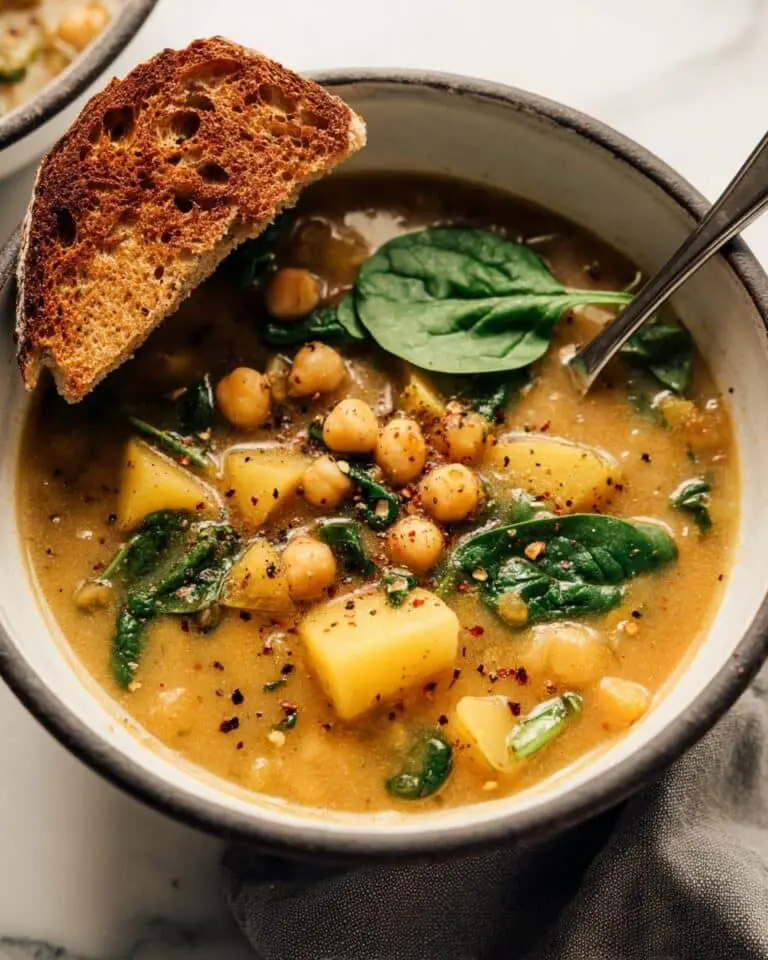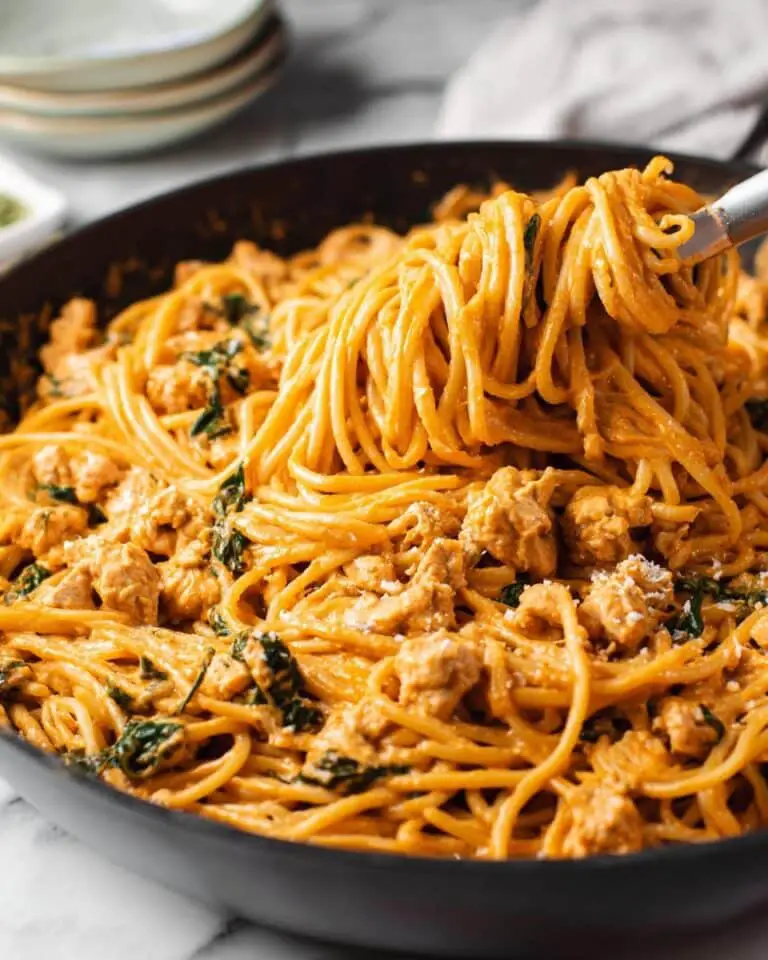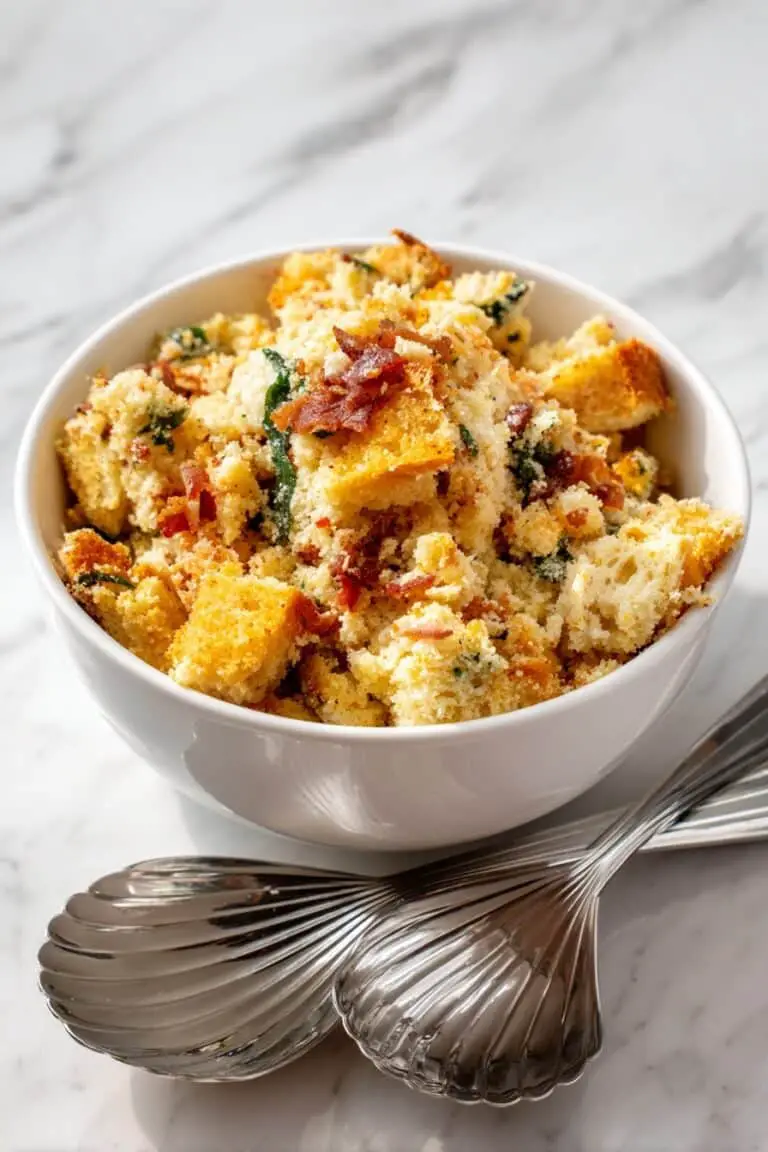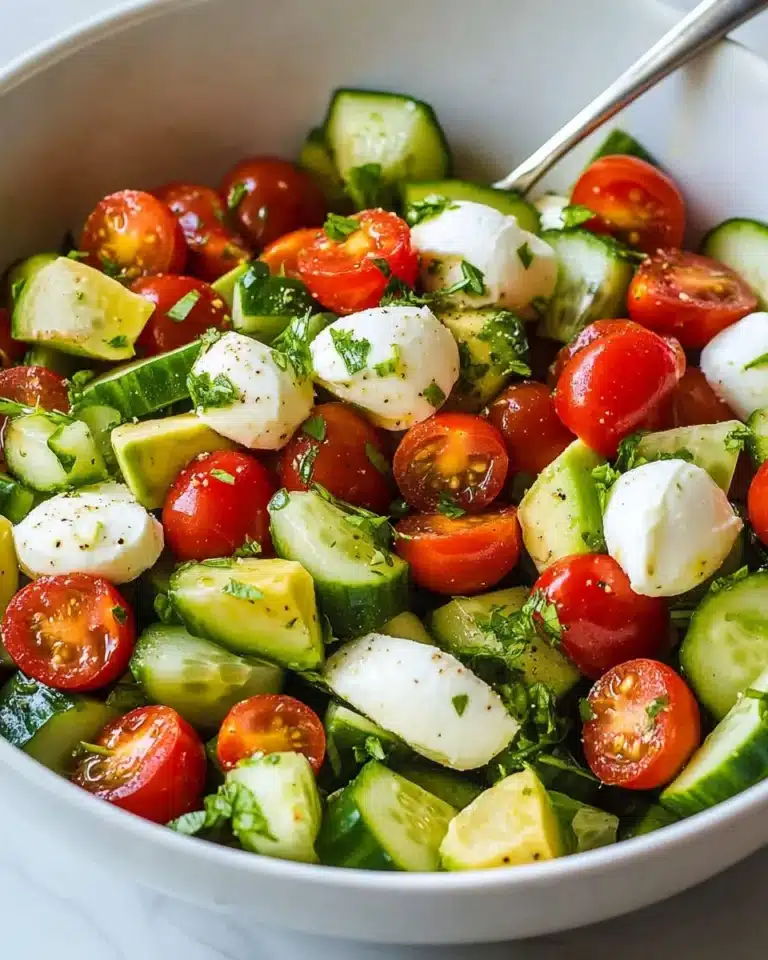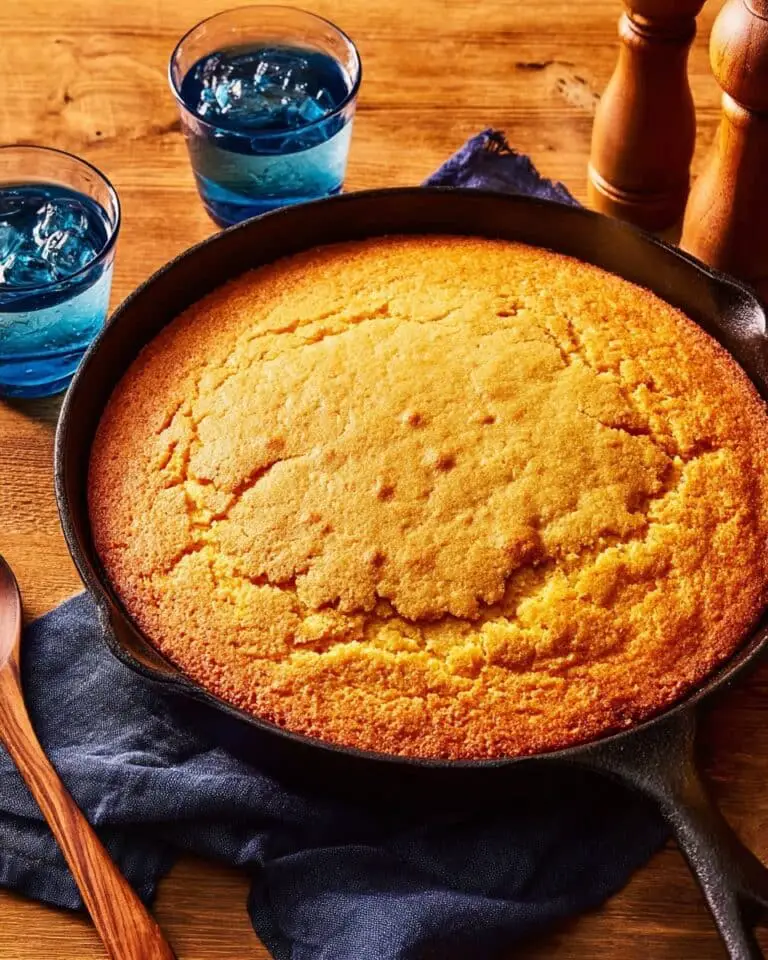If you’re like me and sometimes find yourself craving that rich, comforting sauce without having drippings handy, this Gravy Without Drippings Recipe is going to be a game changer. It’s smooth, flavorful, and surprisingly simple to make, even if you’ve never made gravy before or you’re short on time. I absolutely love how this turns out because it never feels like it’s missing anything, and you don’t have to wait until after roasting meat to enjoy a luscious gravy. Stick around and I’ll walk you through all the details so you can whip up a batch any time!
Why You’ll Love This Recipe
- No Need for Meat Drippings: Perfect for when you don’t roast meat or want a quick homemade gravy without the mess.
- Herb-Infused Flavor: Fresh sage, rosemary, and thyme give it that classic savory depth you’d expect in gravy.
- Simple Ingredients: Pantry staples like butter, flour, and broth come together effortlessly.
- Versatile & Crowd-Pleasing: Whether it’s a holiday feast or a casual dinner, this gravy always disappears fast!
Ingredients You’ll Need
One of the things I like about this Gravy Without Drippings Recipe is how straightforward the ingredients are, yet they balance so well to create that silky, herbaceous sauce. Using low-sodium chicken broth lets you control the salt, and fresh herbs make a big flavor difference.
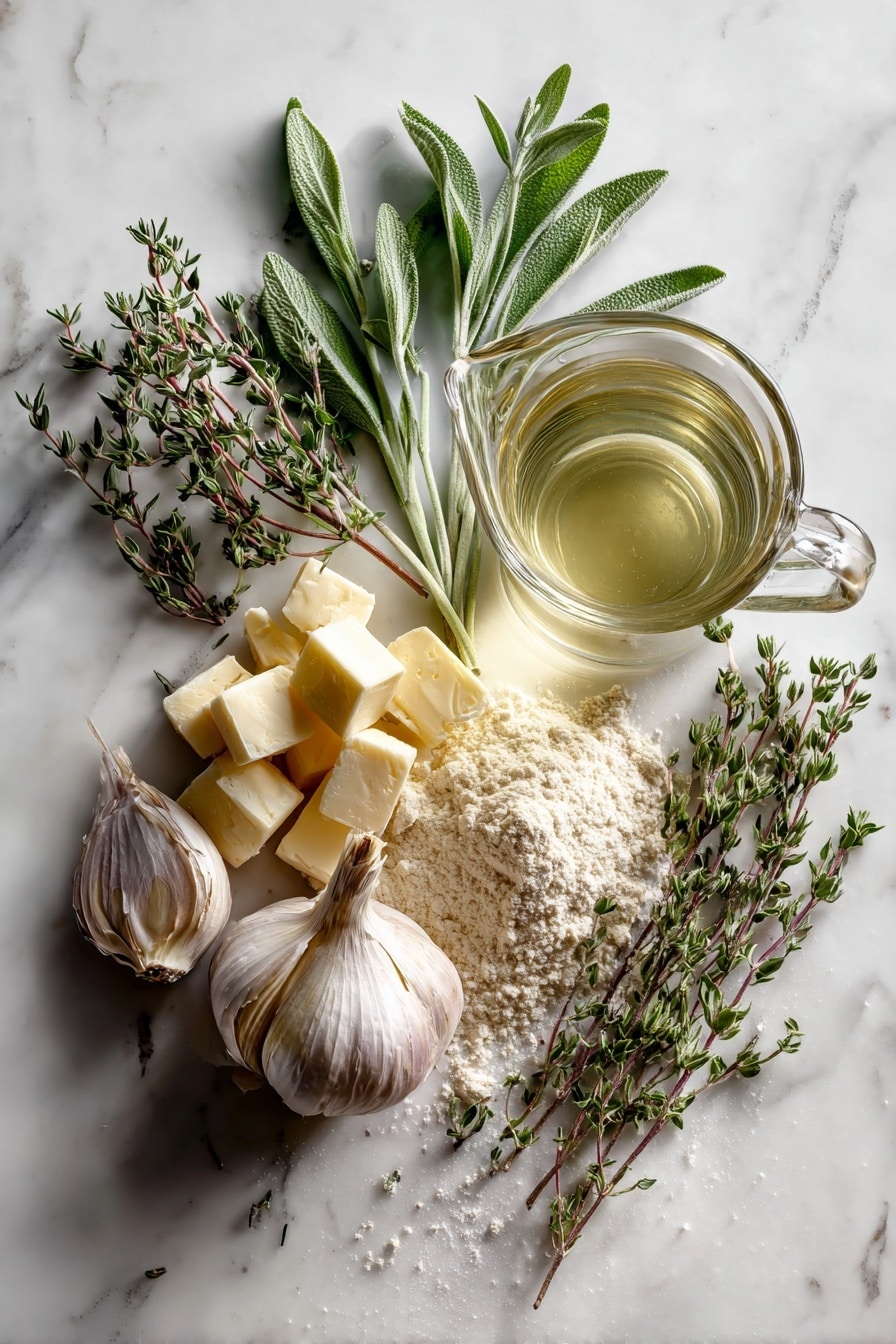
- Butter: Use unsalted so you can better manage the seasoning.
- Onion: Finely chopped to melt into the sauce and add subtle sweetness.
- Garlic: Fresh minced garlic gives it that lovely savory punch.
- All-purpose flour: This is your thickening magic–make sure it’s well cooked to avoid a raw flour taste.
- Fresh sage, rosemary, thyme: Fresh herbs pack more flavor than dried, but dried works in a pinch—just cut the amounts in half.
- Low-sodium chicken broth: The base of your gravy, adjusting liquid for perfect consistency.
- Kosher salt and black pepper: To taste, seasoning is key here—add slowly and taste as you go.
Variations
I’ve tried this gravy with a few twists depending on what I have on hand or the meal I’m pairing it with. Feel free to make it your own—you can kick up the herbs, change the broth, or even add a splash of cream for extra richness.
- Herb-Free Version: When I’m out of fresh herbs, I use a pinch of dried Italian seasoning—it’s a handy substitute that still tastes great.
- Vegetarian Option: Swap chicken broth for vegetable broth, and it’s just as delicious without meat flavors.
- Make it Creamy: Stir in a bit of heavy cream or half-and-half at the end for a richer, velvety texture.
- Spicy Kick: A dash of cayenne or smoked paprika adds warmth if you like things a little bolder.
How to Make Gravy Without Drippings Recipe
Step 1: Build Your Flavor Base
Start by melting your butter over medium heat in a medium saucepan. When it’s shimmering, add the finely chopped onion. Cook it gently until it’s soft and translucent—about 5 minutes. This step really sets the stage for your gravy’s flavor, so don’t rush it! Then toss in the minced garlic and cook just until fragrant, maybe another minute, stirring constantly so it doesn’t burn.
Step 2: Make the Roux and Add Herbs
Next, sprinkle in the flour and stir it into the butter and onion mixture. Keep stirring for about a minute; this cooks out the raw flour taste and thickens the base. Add in your fresh chopped herbs—sage, rosemary, and thyme—and stir them in to release their wonderful aromas. This part always reminds me how fresh herbs really lift a simple sauce into something special.
Step 3: Gradually Whisk in Broth and Simmer
Slowly whisk in two cups of your chicken broth, adding a little at a time to prevent lumps from forming. Once you have a nice smooth mixture, bring it to a boil. Then reduce the heat to low and let it simmer gently until it thickens, which takes about 5 minutes. If it’s thicker than you like, just whisk in a bit more broth until it reaches your preferred consistency.
Step 4: Season and Serve
Taste your gravy and season it with kosher salt and freshly ground black pepper to your liking. I find adding salt slowly and tasting along the way is the safest bet—you want it perfectly balanced. Once seasoned, it’s ready to pour over mashed potatoes, turkey, or whatever needs that saucy hug!
Pro Tips for Making Gravy Without Drippings Recipe
- Cook the Roux Properly: Stir the flour well after adding it to the butter to avoid a pasty texture or raw taste.
- Add Broth Slowly: Gradually whisk in broth to keep your gravy silky smooth without lumps.
- Fresh Herbs Matter: Using fresh herbs really brightens the flavor—dried herbs just can’t compete here.
- Adjust Thickness on the Fly: Have extra broth simmering nearby in case you need to thin your gravy last minute.
How to Serve Gravy Without Drippings Recipe
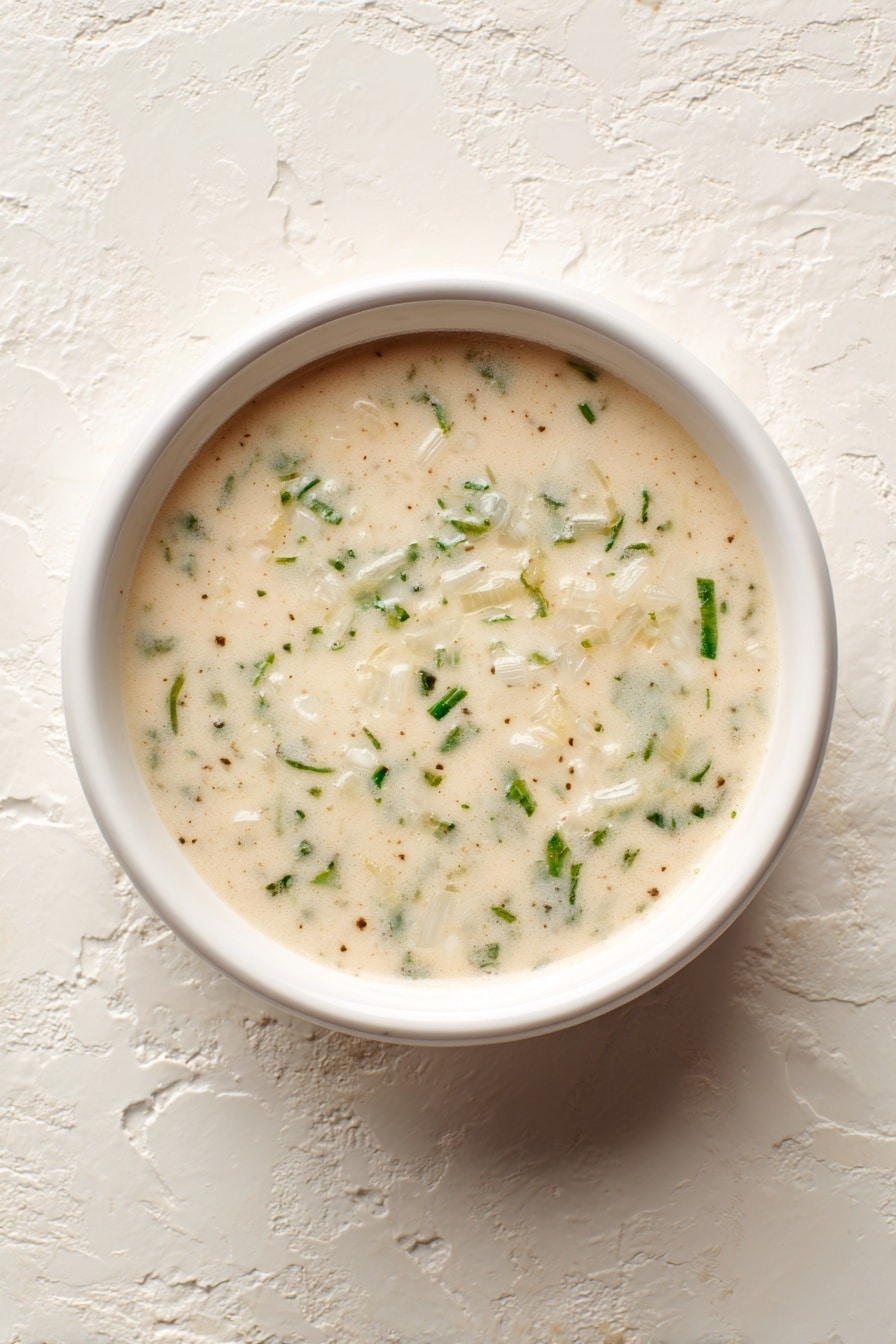
Garnishes
I love to finish this gravy with a sprinkle of freshly chopped parsley or more fresh thyme right on top for a pop of color and an extra herby note. Sometimes a small drizzle of good olive oil adds a subtle richness that impresses guests without fuss.
Side Dishes
This gravy shines over classic mashed potatoes, roasted vegetables, stuffing, or even rice pilaf. My family goes crazy when I ladle it over roasted turkey or chicken, and it’s a fantastic addition to vegetarian dishes too.
Creative Ways to Present
For special occasions, I like serving gravy in a warmed gravy boat with fresh herb sprigs tucked in for garnish. Another fun idea is drizzling it artistically on individual plates around sliced meats or over a layered vegetable bake—it elevates the whole presentation.
Make Ahead and Storage
Storing Leftovers
I store leftover gravy in an airtight container in the fridge for up to 3 days. When I reheat it, I add a splash of broth or water and whisk over low heat to bring it back to that perfect pourable consistency without lumps.
Freezing
Freezing gravy without drippings works very well! Just cool it completely, transfer to a freezer-safe container, and it will keep for up to 2 months. When thawing, I recommend overnight in the fridge before reheating gently on the stove.
Reheating
To reheat, warm the gravy slowly on the stove over low heat, whisking frequently. Add broth or water if it becomes too thick, and avoid microwaving to keep the texture silky smooth.
FAQs
-
Can I make this Gravy Without Drippings Recipe vegan?
Absolutely! Swap out the butter for plant-based margarine or oil, and use a vegetable broth instead of chicken broth. The fresh herbs and flour will still create a rich, flavorful gravy perfect for any plant-based meal.
-
What if my gravy is too lumpy?
Lumps often happen when the flour isn’t cooked enough or when broth is added too quickly. To fix lumps, you can whisk vigorously or strain the gravy through a fine mesh sieve. Next time, remember to whisk broth in slowly and cook the roux thoroughly.
-
Can I use dried herbs instead of fresh?
Yes, but reduce the amount to about half since dried herbs are more concentrated. Adding dried herbs early on allows them to rehydrate and release flavor during cooking.
-
How long does the gravy keep in the fridge?
Stored properly in an airtight container, this gravy stays fresh for about 3 days. Be sure to reheat it thoroughly before serving.
Final Thoughts
This Gravy Without Drippings Recipe has saved me on more than one occasion when I wanted that classic gravy warmth but didn’t have drippings on hand. It’s straightforward, flavorful, and so adaptable—you really can’t go wrong. I hope you give it a try and find it as comforting and reliable as I do. Once you master this, you’ll always have a simple way to elevate any meal with homemade gravy, no drippings required!
Print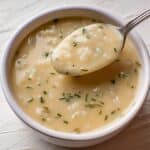
Gravy Without Drippings Recipe
- Prep Time: 5 mins
- Cook Time: 10 mins
- Total Time: 15 mins
- Yield: 6 to 8 servings
- Category: Sauce
- Method: Stovetop
- Cuisine: American
Description
This easy and flavorful Gravy Without Drippings recipe creates a rich and herb-infused sauce perfect for complementing poultry, mashed potatoes, and other dishes. Made with butter, aromatic onions, garlic, fresh herbs, and chicken broth, this gravy offers a delicious alternative for those seeking a drippings-free option.
Ingredients
Main Ingredients
- 4 Tbsp. butter
- 1/2 large onion, finely chopped
- 3 cloves garlic, minced
- 4 Tbsp. all-purpose flour
- 1 tsp. chopped fresh sage
- 1 tsp. chopped fresh rosemary
- 1 tsp. chopped fresh thyme
- 2 to 3 cups low-sodium chicken broth
- Kosher salt, to taste
- Freshly ground black pepper, to taste
Instructions
- Sauté the Aromatics: In a medium saucepan over medium heat, melt the butter. Add the finely chopped onion and cook until softened, about 5 minutes. Then stir in the minced garlic and cook for an additional 1 minute until fragrant.
- Add Flour and Herbs: Stir in the all-purpose flour along with the chopped fresh sage, rosemary, and thyme. Cook this mixture for 1 minute to create a roux and allow the herbs to release their flavor.
- Incorporate Broth: Gradually whisk in 2 cups of the low-sodium chicken broth to the roux mixture, ensuring no lumps form.
- Simmer and Thicken: Bring the gravy to a boil, then reduce the heat slightly and let it simmer until the gravy thickens, about 5 minutes. If the gravy becomes too thick, slowly add more broth to reach the desired consistency.
- Season and Serve: Taste the gravy and season with kosher salt and freshly ground black pepper as needed. Serve warm over your favorite dishes.
Notes
- Use low-sodium chicken broth to control the saltiness of the gravy.
- If you want a vegetarian version, substitute chicken broth with vegetable broth and ensure the butter is replaced with a plant-based alternative.
- Fresh herbs provide much better flavor than dried; however, if using dried herbs, reduce the amount by half.
- This gravy can be stored in an airtight container in the refrigerator for up to 3 days.
- Reheat gently on the stovetop, adding a splash of broth or water if it thickens too much when chilled.
Nutrition
- Serving Size: 1/4 cup (60 ml)
- Calories: 70
- Sugar: 1 g
- Sodium: 220 mg
- Fat: 5 g
- Saturated Fat: 3 g
- Unsaturated Fat: 2 g
- Trans Fat: 0 g
- Carbohydrates: 5 g
- Fiber: 0.5 g
- Protein: 1 g
- Cholesterol: 15 mg

